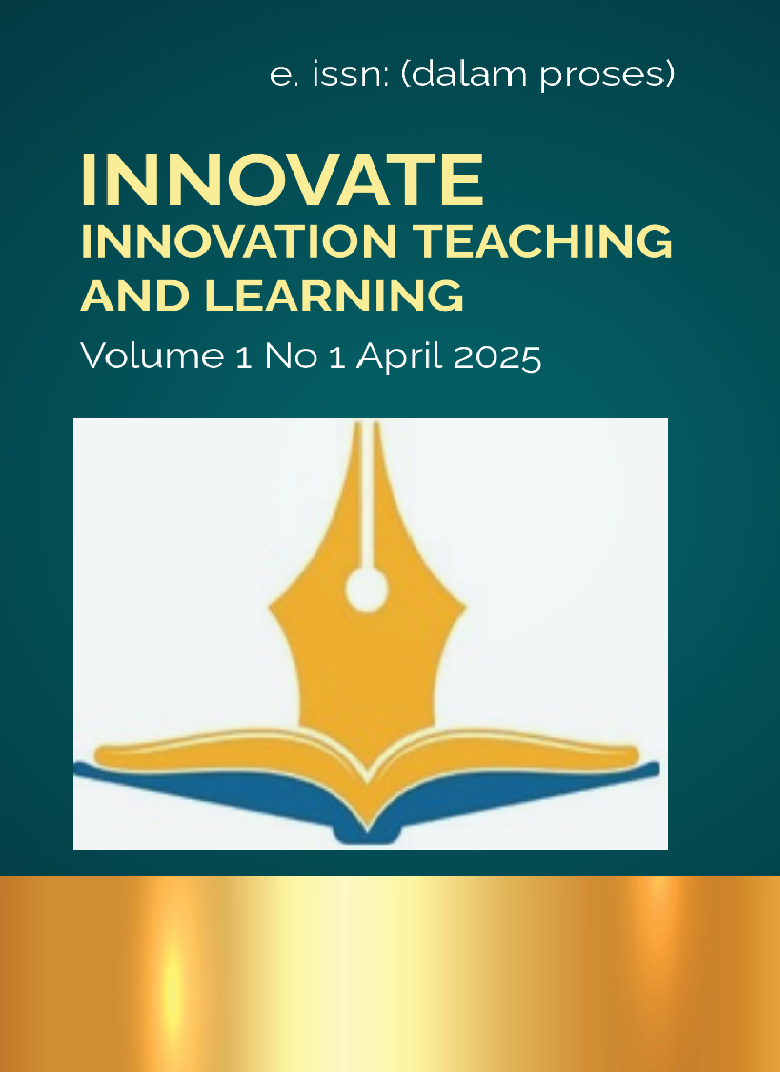INNOVATION IN ARABIC LANGUAGE TEACHING THROUGH DIGITAL SITUATIONAL SIMULATION AT MTSN 2 PALEMBANG, SOUTH SUMATERA PROVINCE
DOI:
https://doi.org/10.55983/innovate.2025.44Abstrak
This research endeavors to develop and examine the efficacy of digital situational simulation media in Arabic language learning at MTsN 2 Palembang. The methodology employed Research and Development (R&D) using the ADDIE model, encompassing 87 eighth-grade students. The analytical phase revealed that 78.2% of students encountered difficulties in applying Arabic vocabulary within authentic communicative contexts. The media was developed as a web-responsive platform incorporating six communicative scenarios and an artificial intelligence chatbot featuring 87.3% recognition accuracy. Expert panel validation demonstrated a Content Validity Ratio (CVR) of 0.92 with an average score of 4.6 on a 5-point scale for content validity. Implementation was conducted through three phases over 12 weeks using a quasi-experimental design. Research findings indicated substantial improvements in students' communicative competence: listening comprehension increased by 34.7 points, speaking proficiency by 28.9 points, and pragmatic competence by 31.2 points. Statistical analysis through paired-samples t-test yielded p-value < 0.001 with Cohen's d effect size of 1.23. Long-term retention evaluation demonstrated that 82.4% of students maintained their acquired competencies with only 12.3% degradation rate after 8 weeks. Digital situational simulation media proved remarkably effective in enhancing students' Arabic communicative competence both significantly and sustainably.
Unduhan
Diterbitkan
Terbitan
Bagian
Lisensi
Hak Cipta (c) 2025 M Rayyan, Haikal

Artikel ini berlisensi Creative Commons Attribution-NoDerivatives 4.0 International License.


